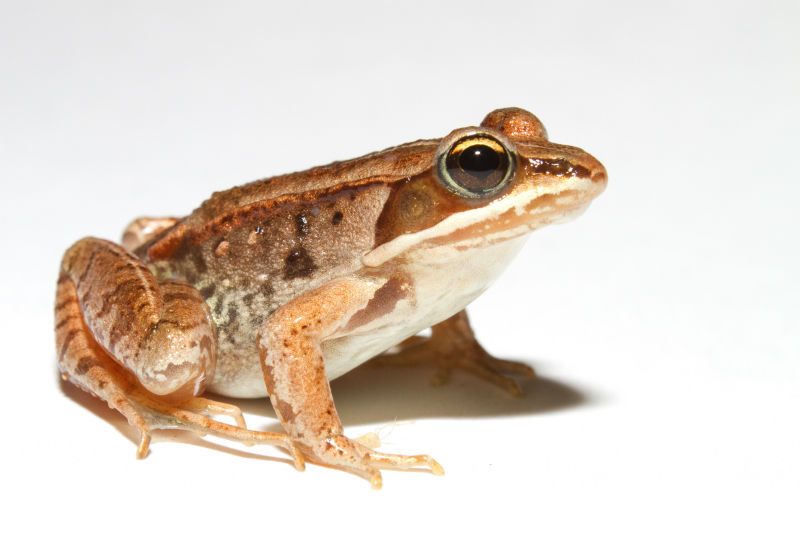
Mythology - particularly the myths of nations in colder climates - is packed with ice monsters of all shapes and stripes. In Japan, Yuki-onna, the snow-woman, preys on travellers lost in alpine snowstorms. The inuit tell of Akhlut, whose wolflike pawprints vanish at the edge of the oceans, showing she has transformed into some sort of orca. And, of course, there's the Abominable Snowman, also known as the Mirka, furthermore known as the Yeti.
So is a creature which springs to life when ice is defrosting part of this tradition of uncanny ice-related entities?
The woodfrog isn't supernatural - come on, we've been doing this three years now; you know there's going to be a scientific explanation. But it is pretty amazing nevertheless.
When it gets chilly in Alaska, and some creatures head for warmer spots, the woodfrog buries itself into some leaves and lets itself get frozen solid.
Being frozen solid in cold weather wouldn't be that impressive, were it not for what happens when it warms up. Because the frog uses a natural anti-freeze in its blood to defrost itself.
The LA Times reported a study by the Institute of Arctic Biology which discovered the little critters' approach to staying alive in a hostile climate:
To see how these frogs were surviving the winter in the extreme Alaskan environment, the researchers used super glue to attach small radio transmitters about the size of a nickel to the backs of 16 frogs over two years.
The radio transmitters allowed the researchers to see where the frogs made their hibernacula -- divots in the leaf litter near a lake or pond, where they planned to spend the winter. Once the frogs were settled, the researchers placed little cages over the divots and stuck a wire thermometer in there to record the temperature at regular intervals.
"The snow provides a nice insulated layer for them, but we knew from previous studies that it still gets very cold beneath the snow," said Larson, the lead author of the study. "It was the survival that was surprising. We didn't see any die off, and that was the big shock."
Over the course of two years, none of the frogs in the study died.
The researchers also discovered that the frogs don't freeze once and stay frozen. Instead they spend a week or two freezing at night and thawing during the day, until the temperature drops permanently below freezing.
Larson thinks this thawing and freezing patterns helps the frogs convert more of the glycogen stored in their liver into glucose. This is essential because it is the high levels of glucose in the frogs' cells that keep them alive throughout the long, cold winter.
If the freeze-thaw existence of the woodfrog isn't cool enough for you, then there may be a major spin-off from studies into how it survives. There's a hope that if we can emulate the self-defrosting methods of the frog, the same method could be used to prolong the life of transplants intended for organ donation. Currently, if a donor organ is kept too long on ice, it becomes unusable. If scientists can use the woodfrog's tricks to allow hearts and kidneys bring themselves back safely, the number of organs for transplant could increase; and the geographical spread of where those organs are used could increase.
A lot to think about as you settle down for a slumber, while the wind starts to sweep the snow against the window.
Hallowain't is OpenLearn's annual celebration of things that don't go bump in the night. In the run up to Halloween each year, we're the people going "there's a rational explanation."
Hallowain't was originally part of OpenLearnLive.
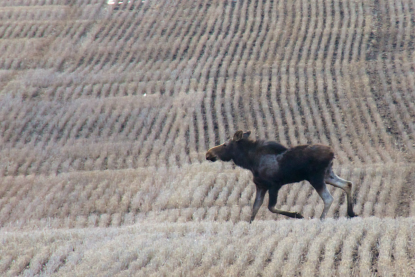
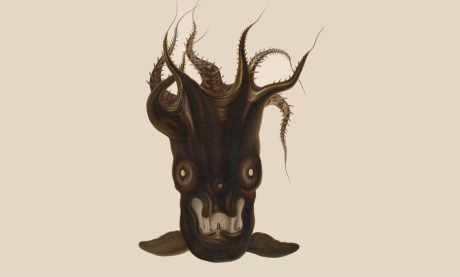
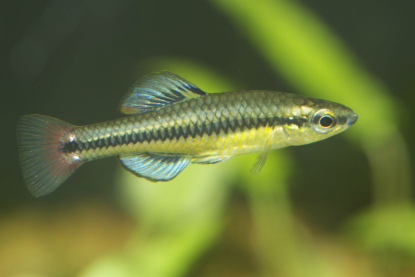
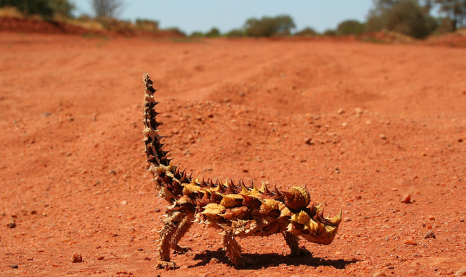

Rate and Review
Rate this video
Review this video
Log into OpenLearn to leave reviews and join in the conversation.
Video reviews